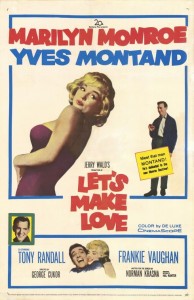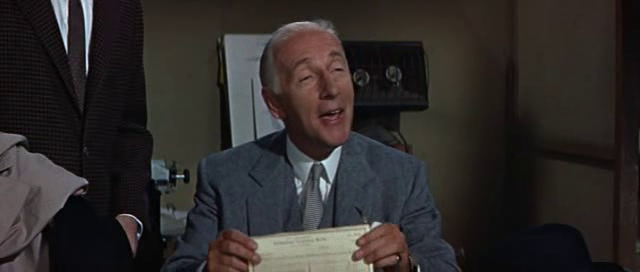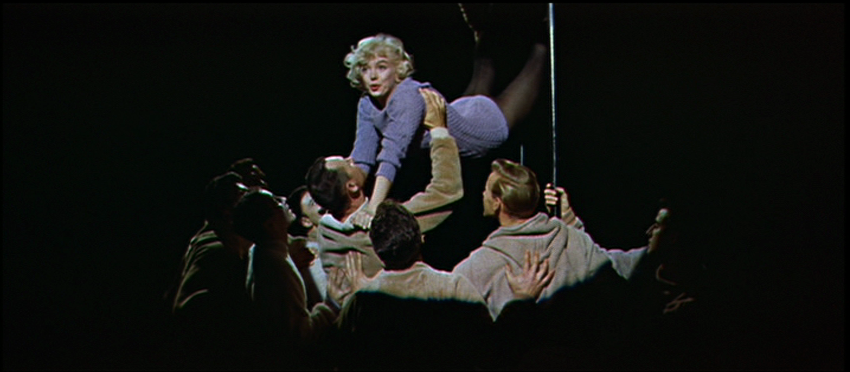Let’s Make Love (1960)
“Oh, there’ll be children… Lots of children!”
|
Synopsis: |
|
Genres, Themes, Actors, and Directors:
Review: Meanwhile, Montand is surprisingly well-cast as a billionaire needing to be coached on his performance style (by Milton Berle, Bing Crosby, and Gene Kelly in brief cameos) in order to win Monroe’s heart. Despite his reputation as an unrepentant ladies’ man, one gets the genuine impression that he really does want to find someone who will love him for himself — thus turning him into somewhat of a blithering idiot when faced with the woman he hopes will become his life-partner. Indeed, we feel a surprising amount of compassion for him as he finds himself (nicely) rejected time and again, once he’s distanced from the comfortable trappings of his money and reputation. Meanwhile, he and Monroe possess a natural chemistry together that makes sense, given the real-life affair they embarked upon for a brief while. With all that said, the film is certainly not without its flaws, and most critics view it as a decidedly lesser entry in both actors’ oeuvres. Randall’s character barely registers at all, while Monroe’s romance with Vaughan is given far too little depth to help us understand his character as anything other than the conveniently plot-driven “romantic rival” Montand must defeat. Meanwhile, the cameos by Berle et al. come across as somewhat contrived. However, the strength of the two lead performances — as well as some knock-out numbers performed by Monroe (most notably her pole-dance rendition to Cole Porter’s “My Heart Belongs to Daddy”), and a fine supporting performance by Wilfrid Hyde-White as Montand’s no-nonsense business front — make this one worth at least a one-time look. Redeeming Qualities and Moments:
Must See? Links: |





One thought on “Let’s Make Love (1960)”
Not a must.
On the heels of a blockbuster like ‘Some Like It Hot’, ‘LML’ is just, unfortunately, a rather large step down. Director Cukor and the cast all try their best to at least make it entertaining, but the script is terribly flat.
MM and her chorus boys shine nicely early on in the rendition of ‘My Heart Belongs to Daddy’ but, to me, ‘LML’ is mostly lifeless.